Simple Steps Introduction for how to make holding tea |coffee | water hollow-outed Porcelain | ceramic ?
Today I would like to share the hollow-out art porcelain teaware and coffee ware production. As too many people regarded that this art it unthinkable . Too mystical for this art. This art was created long time ago via Turkey. but it’s explored by Chinese.
It’s also called Rice Grain Porcelain Devil’s Work . Ling Long Porcelain is a treasure of the ancient Han Chinese ceramic art.
Linglong Porcelain, created during the Reign of Emperor Xuande(1426-1435), the Ming Dynasty, was a porcelain invented and developed on the basis of engraving. People engraved many rice-size holes on the thin porcelain base and added transparent glaze, then added glaze on the whole body and fired in the kiln.
Influences regarding this technique also seems to have come to China from Turkey during the 14th century. The openwork “rice grain” technique seems never to entirely have been abandoned even if it at times was rare. Sometimes the openings was left unfilled, which resulted in a wicker work appearance.
This open work was called ling long yan (eye-like openwork) or ‘devil’s work’. In the west the popular name of the modern version is rice grain porcelain.
To make this kind of decoration the holes are pierced through the rather thick walls of the rough and unfired porcelain and the holes are then filled with translucent glaze. When the whole thing have solidified together the walls are thinned down manually in thickness until the walls are as thin as the potter dares to make them.
What kind of technique is it?—Making holes on cups and saucers by machines, but for teapots are by hands. basing on white fine normal porcelain teaware.
Step 1–Same as common porcelains/ ceramic –making bases ready via rolling or casting method.
Step 2– Making holes on bases
Such kinds of accurate holes and patterns hollow-out made by the accurate machines. The needles installed on machines and operated by computers . Slowing and cost more money and time
Holes made on mugs/cups,/saucers processed by below half automatic machines.
Making holes on teapots/ Pitchers /Jugs processed one by one by workers hands controlled machines–slowing work too
Step 3– filling the holes to hold liquid–all done by hands piece by piece via skillful workers. The material is glaze, fired in 1310 ℃
Step 4 making glaze on the bases just like common porcelain, but much more multiplicative to be handled.
Step 5 Quality checking for the final products, grantee all holes are filled and be able to be hold liquid.
Firstly by machine
Secondly by hands via water piece by piece.
Question :Does this art porcelain ware can be use in dish washer and microwave?
Answer : surely, all of this art fired in 1310 C degree like normal porcelain.
shared by Jessie Pan from Asia Porcelain Group Ltd. who is passion for porcelain teaware from China.
Xiamen, China.
Mar.20,2019

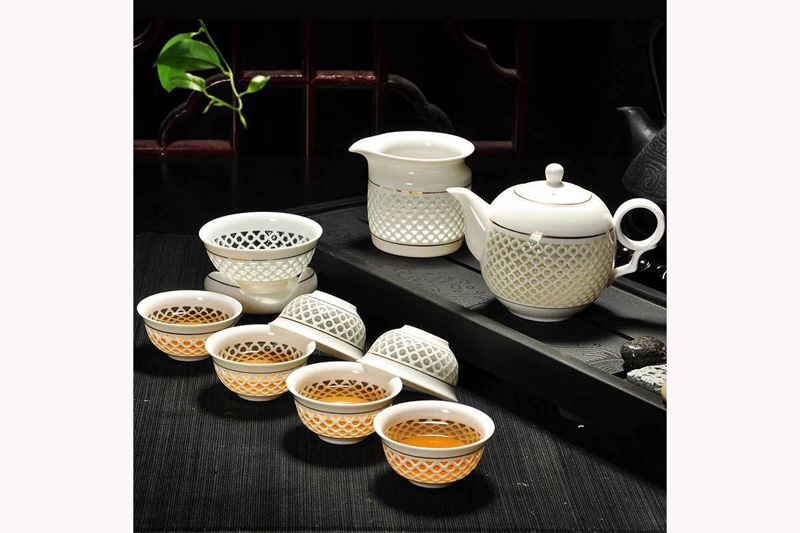

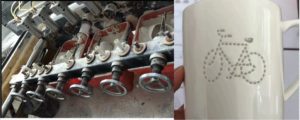

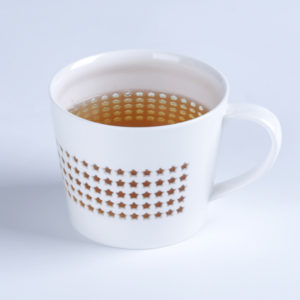
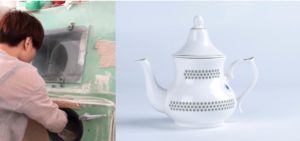
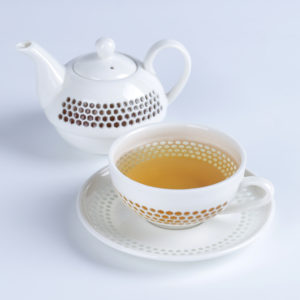
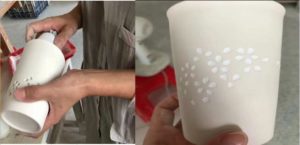
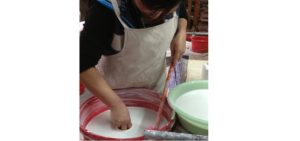
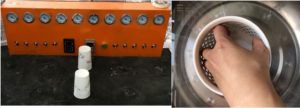
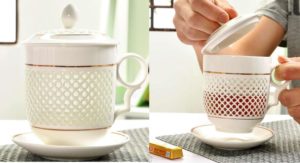
Helpful information